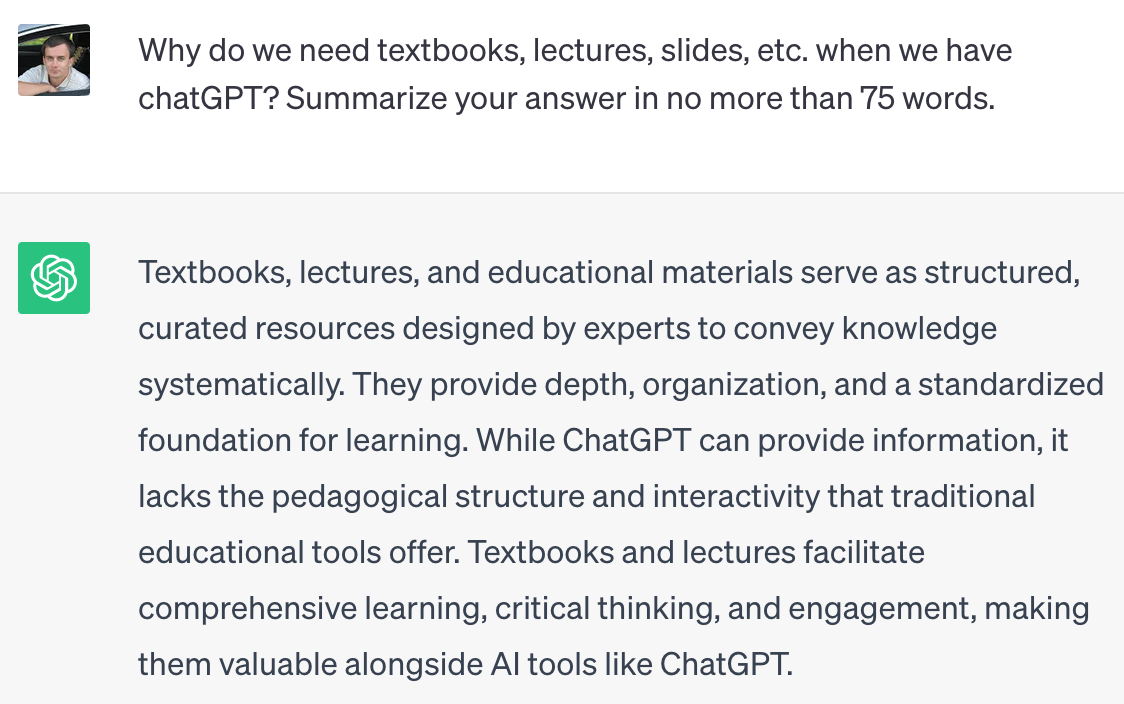ML 2023#
Jupyter-book demo#
To introduce the capabilities of Jupyter book along with some methodological ideas I wrote the e_book. For now it consists only of one chapter devoted to the Euler number.
The main features:
interactive quizzes (taken “as is” from here);
mix of narrative and executable content as it is usually done via markdown and code cells in Jupyter notebook;
pictures and visualizations (sometimes interactive);
available online on any device.
Hopefully, during this course we’ll write something similar about machine learning.
Course assessment#
Activity |
Final scores |
|---|---|
Attendance |
\(10\%\) |
Practice |
\(10\%\) |
Midterm |
\(10\%\) |
Jupyter book project |
\(30\%\) |
Final exam |
\(40\%\) |
Project team construction#
Successive completion of the project requires effective team collaboration. The team should consist of several students with different roles:
technical writer
author of executable content
designer of interactive plots
designer of quizzes
the most useless…project manager
The goal of every team is to create a nicely looking section in the ML book.
Technical writer#
writes clear and neat narrative content in Markdown
looks for consistency with all other types of content
translates some Russian texts into English if necessary
Designer of interactive plots#
Designer of quizzes#
searches for ideas of single/multiple choice and numeric quizzes
writes quizzes using Jupyterquiz in a separate Jupyter notebook
encodes the quiz bodies and inserts them into main content
Project manager#
tracks the progress of each member of the team
checks for consistency of all types of content, notations and cross-references to other parts of the book
searches for different sources of information
communicates with PMs of teams which work on related topics
communicates with BDFL
The main tool#

Tips#
Don’t copypaste from chatGPT, it can serve just as a starting point
Study carefully the documentation of Jupyter book and jupyterquiz; pay special attention to the things relevant to your role in the team
The Jupyter book ecosystem allows to produce diverse content, make advantage of this as much as you can (see e_book for a baseline)
As a starting point, clone the ML book repo and check that you can build the book locally
Clone only one branch of ML book repo which corresponds to your section:
git clone -b BRANCH_NAME --single-branch https://github.com/Fedmug/kbtu-ml-book.git BRANCH_NAMETry to investigate all possible sources of information about your topic, especially those from ML resources
Think about links between parts of your section or to some other sections and chapters
Keep in mind that you are creating content for newbies
